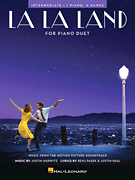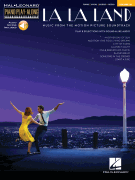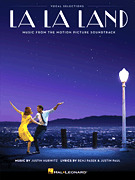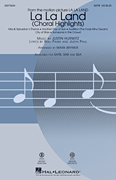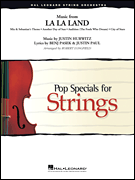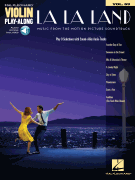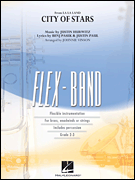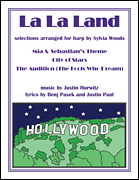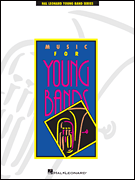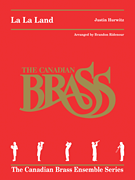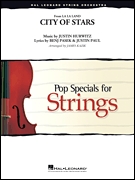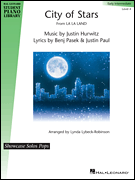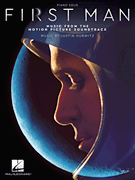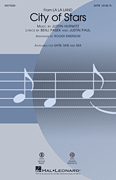Search Results for: “la la land”
Loading...
This Land Is Your Land View 200 Products
Landslide View 66 Products
Land Of A Thousand Dances View 48 Products
Never Never Land View 44 Products
Spring Can Really Hang You Up The Most View 40 Products
Avalon View 36 Products
Our Native Land View 25 Products
Daydreamer View 24 Products
This Land View 24 Products
Land Of Hope And Glory View 24 Products
Satellite View 20 Products
Of Strange Lands And People, Op. 15, No. 1 View 19 Products
The Promised Land View 19 Products
Alma Del Core View 18 Products
My Land View 17 Products
Daybreak View 15 Products
Dance: Ten; Looks: Three View 13 Products
Just Beyond This Land Of Mortals View 12 Products
Sweet Beulah Land View 12 Products
Bound For The Promised Land View 11 Products
Across The Lands You're The Word Of God View 9 Products
Dixie Land View 9 Products
With Heart And Voice, Rejoice! View 7 Products
The Good Ones View 6 Products



